Black Tea Leaf Grades - What Do They Mean?

In America we enjoy our caffeine, and lots of it. Our most popular section within the tea shop centers around our Black tea portion of the wall. Depending on your palate, and level of caffeine that you wish to consume, we have just about anything. Breakfast teas, Assam, Ceylon, Java, and Chinese, and of course, we also have a small selection of decaf.
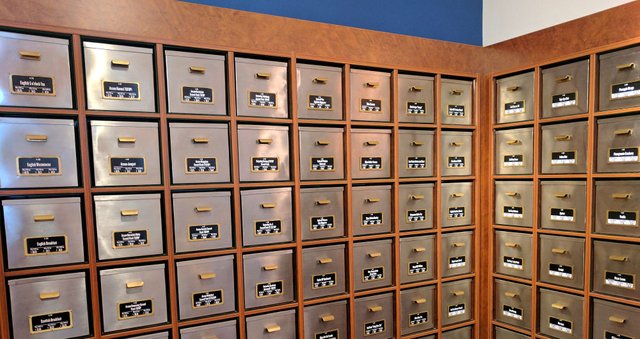
Once the origin of the tea has been decided, we move to the manufacturing process of the leaf itself. Each category has a completely different taste experience, as well as a different reaction to one’s body. The more surface area of the leaf, the higher amount of caffeine the leaf contains. You also have a different scale of leaf depending on where it was plucked. So, different grades, particulates and leaf location. Quite a lot for a beginner, so I am going to break it down for you.
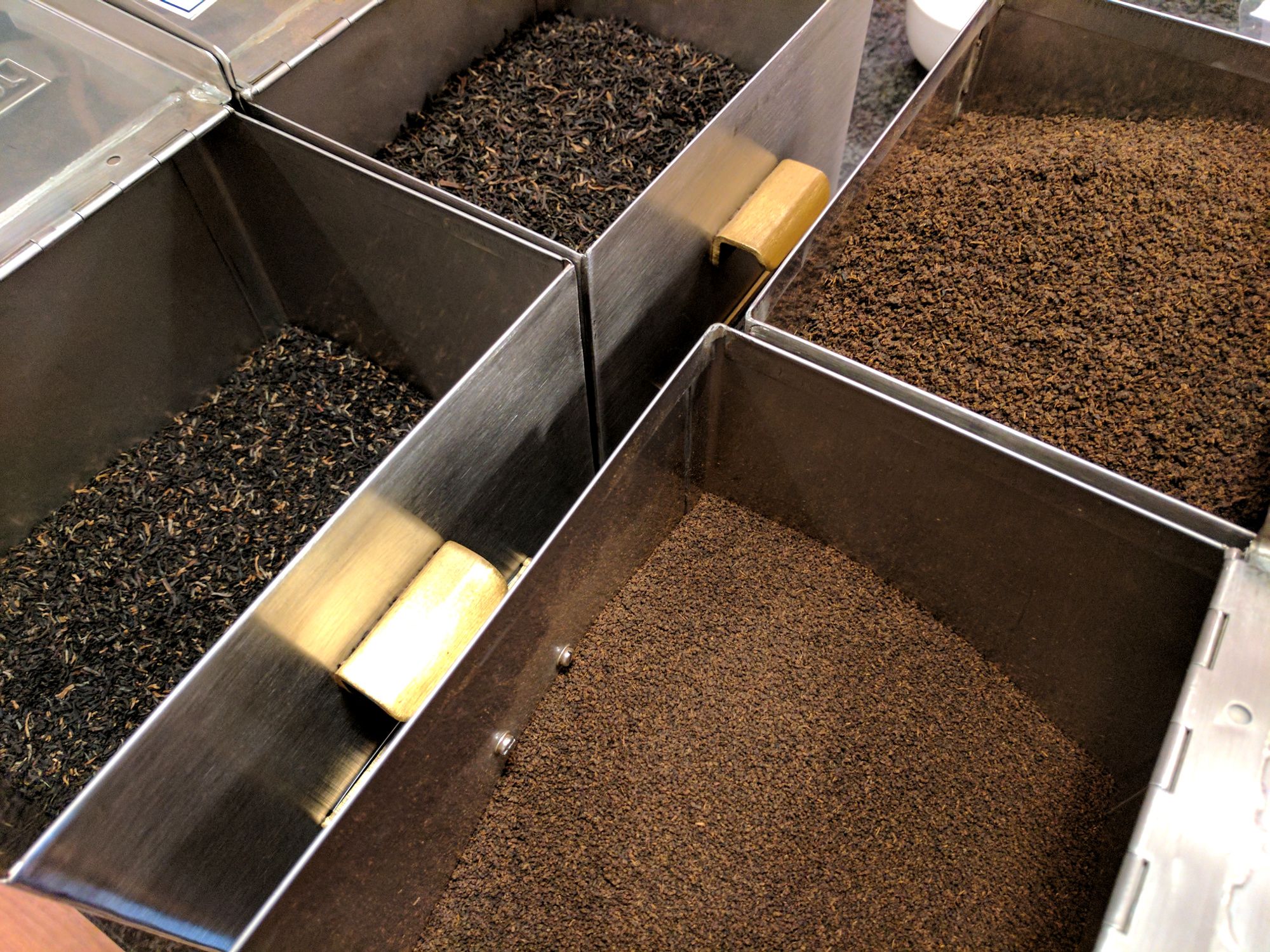
When tea emerges from drying machines, or tumblers at the end of the manufacturing process, it consists of a mixture of different -sized pieces of leaf. For successful brewing, these pieces must be sorted into different grades or sizes, since different-sized particulates brew at different rates. If the particulates are of mixed sizes, the tea will brew unevenly. So, once the tea has been dried, it is either sorted by hand or passed through sifters with graduated mesh sized to separate particulates. The different sizes are then classified according to size, type and appearance. Systems of classification will vary from country to country.
Grades:
FOP - Flowery Orange Pekoe: FOP tea is made from the end bud and first leaf of each shoot. FOP contains fine, tender young leaves with buds, also referred to as tips (a mark of quality tea). Even though you will see ‘Orange’ use quite a bit whenever peering into a black tea selection, it does not mean that there is any orange in the tea, and also does not pertain to the color of liquor. The word actually comes from the ‘House of Orange’, the royal Holland family that used to have a monopoly on import/export trading throughout the old world.
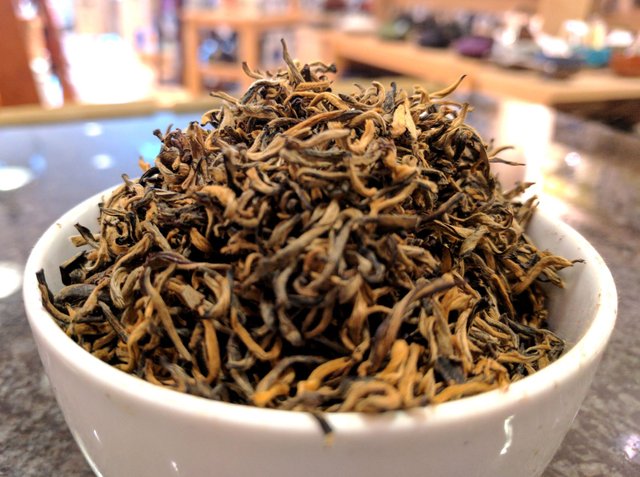
OP - Orange Pekoe: The basic term for whole leaf grade tea. OP contains long, pointed leaves that are larger than FOP and have been harvested when the end buds open into leaf. OP usually does not contain tips.
GFOP - Golden Flowery Orange Pekoe: FOP with golden tips.
TGFOP - Tippy Golden Flowery Orange Pekoe: FOP with a larger proportion of golden tips than GFOP.
FTGFOP - Finest Tippy Golden Flowery Orange Pekoe: Very high quality FOP.
SFTGFOP - Supreme Finest Tippy Golden Flowery Orange Pekoe: Very high quality FOP with lots of golden tips. The numeral "1" is often added to the end of the description to indicate a top quality tea (e.g. SFTGFOP1).
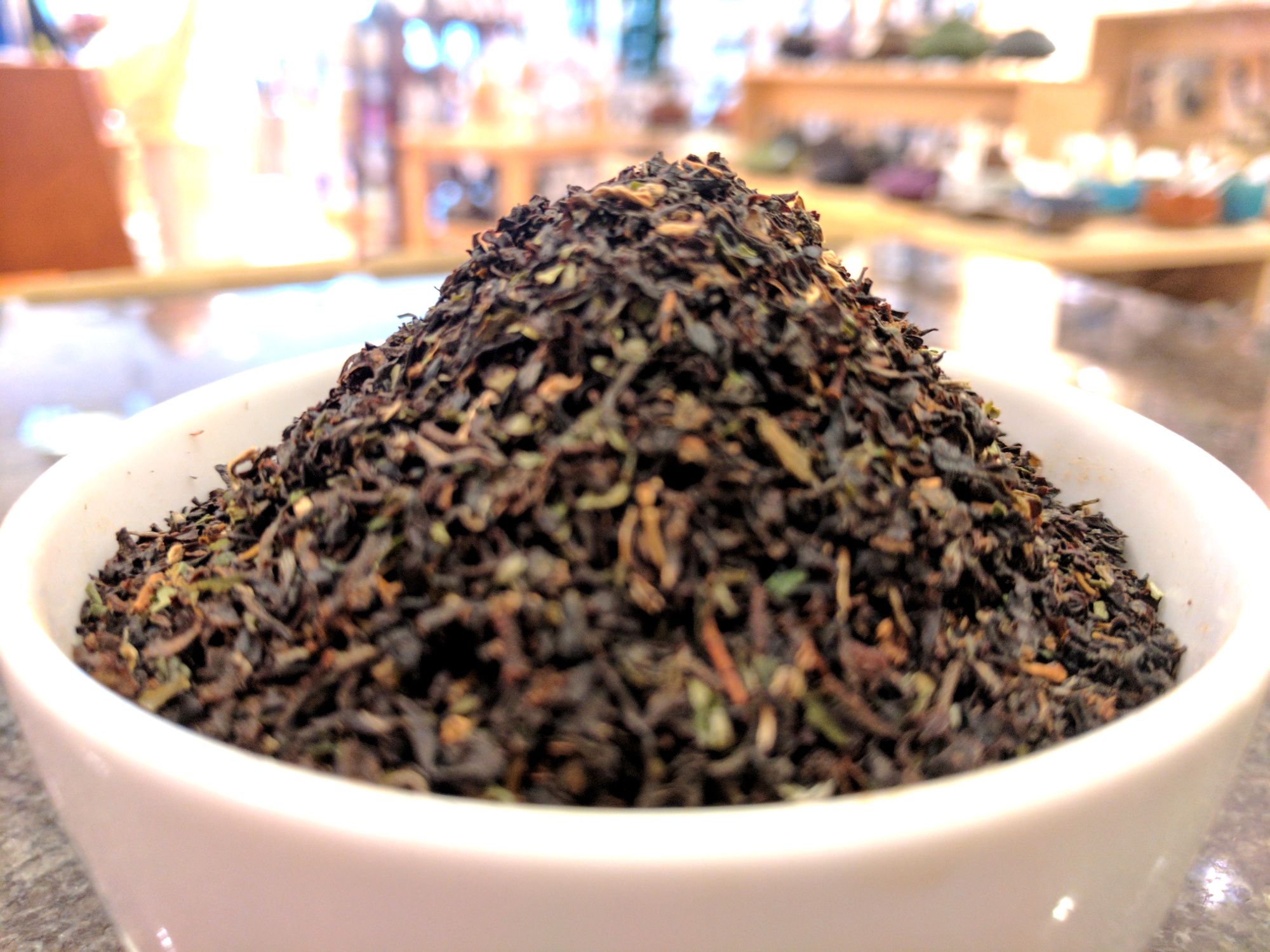
Broken Leaf Grades: The term Broken Orange Pekoe, or BOP, is used to describe large leaf fragments. The same grading terminology that is used for whole leaf (OP) teas is also applied to BOP teas (e.g. TGBOP = Tippy Golden Broken Orange Pekoe). BOP teas retain much of the quality attributed to whole leaf, or OP tea, and are often used to make tea blends.

Fannings: Fannings or CTC (Cut-Tear-Curl) are leaf fragments smaller than the BOP grade, often used in tea bags.
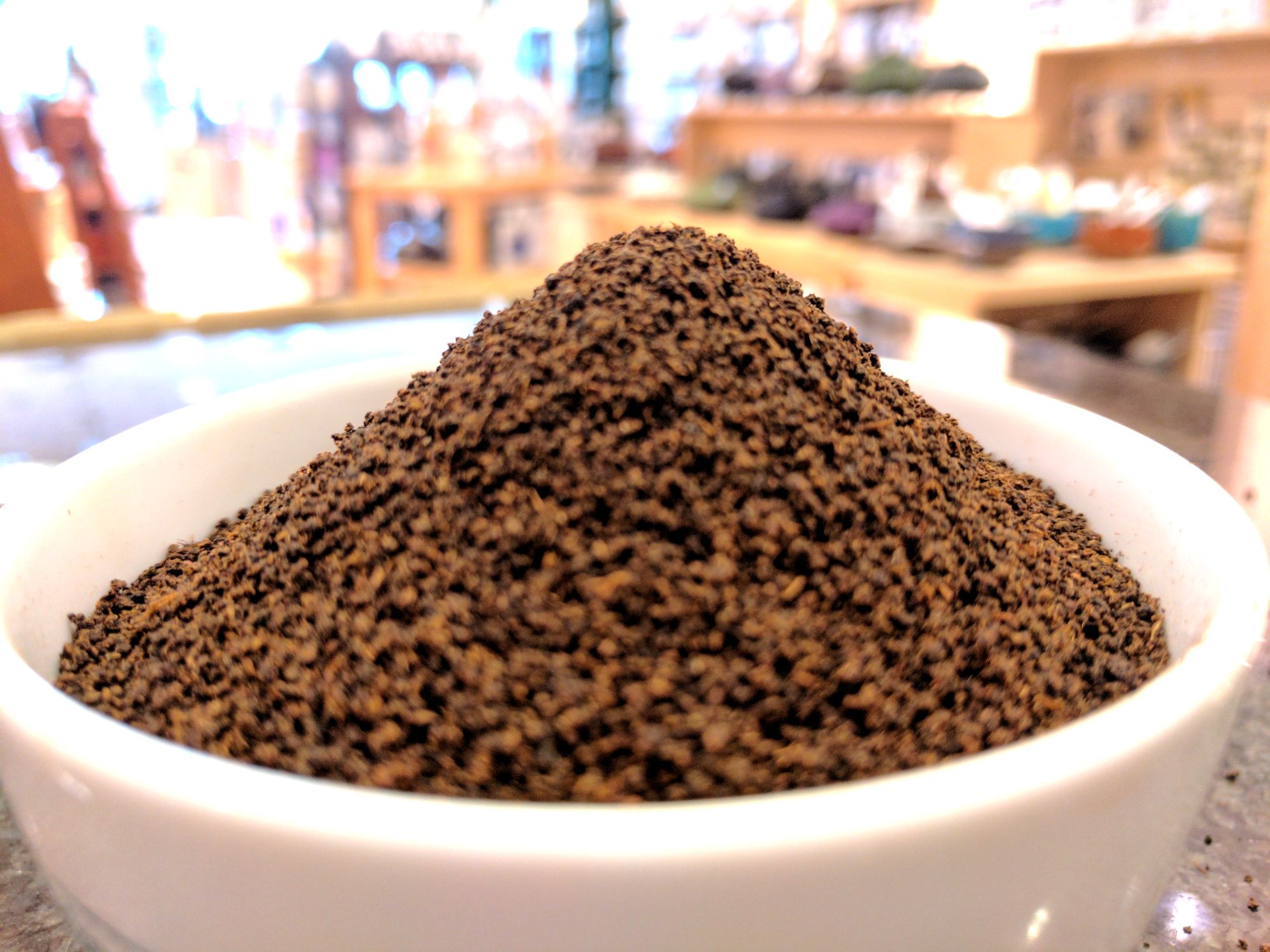
Dust: Dust is generally the remnants of the grading process (after OP, BOP and Fannings have been removed). It is often used in ready-to-drink (RTD) beverages such as bottled iced tea. Dust particulates have the most surface area compared to other leaf grades. Therefore, this leaf particulate contains the most caffeine.
Note that the smaller the leaf cut the more overall flavor it will retain. But with this flavor overload, comes the diminished subtle nuances of what one would find in a full or orthodox leaf. It all depends on what you are looking for at that moment.
Positioning of the Leaf:
The size, quality, and positioning of the leaf is important when plucking a plant. If we were to start at the very tip, then this is the type of tea that we would want to process:
Tip – Flowery Orange Pekoe
Second Leaf – Orange Pekoe
Third Leaf – Pekoe
Fourth Leaf – Pekoe Souchong
Fifth Leaf – Souchong
Sixth Leaf – Congou
Seventh Leaf – Bohea
This is taken from a Chinese sliding scale. Souchong, Congou, and Bohea are generally Chinese black teas.
Generally, the older and larger leaves have a more distinguished taste. Whereas, your much younger leaves are very delicate and floral. It all depends on what you are trying to achieve.
Well, until next time. I hope you enjoyed it.
-Ryan
Disclaimer for the web bot: I have copied and pasted some of the material concerning this article from my website. It's my original content, and steemit allows for me to reach individuals that would not have known about my original material dating back several years. The company, site, and articles are my own. No plagiarism.
Thank you for your time and I hope you enjoyed reading while sipping your favorite cuppa. If you enjoyed the information and would like to give a gift to help my family expand on our ventures I am leaving the address to our Etherium wallet. Any and all gifts are gratefully appreciated. Please let me know if you have done so, so I might return the favor in another way.
Etherium address:
0xa9c3ca0950a368aa7234a74aace0190f36b18539
Just taking this opportunity to say "THANK YOU FOR FOLLOWING ME"
Congratulations @b-n-angel! You received a personal award!
You can view your badges on your Steem Board and compare to others on the Steem Ranking
Vote for @Steemitboard as a witness to get one more award and increased upvotes!